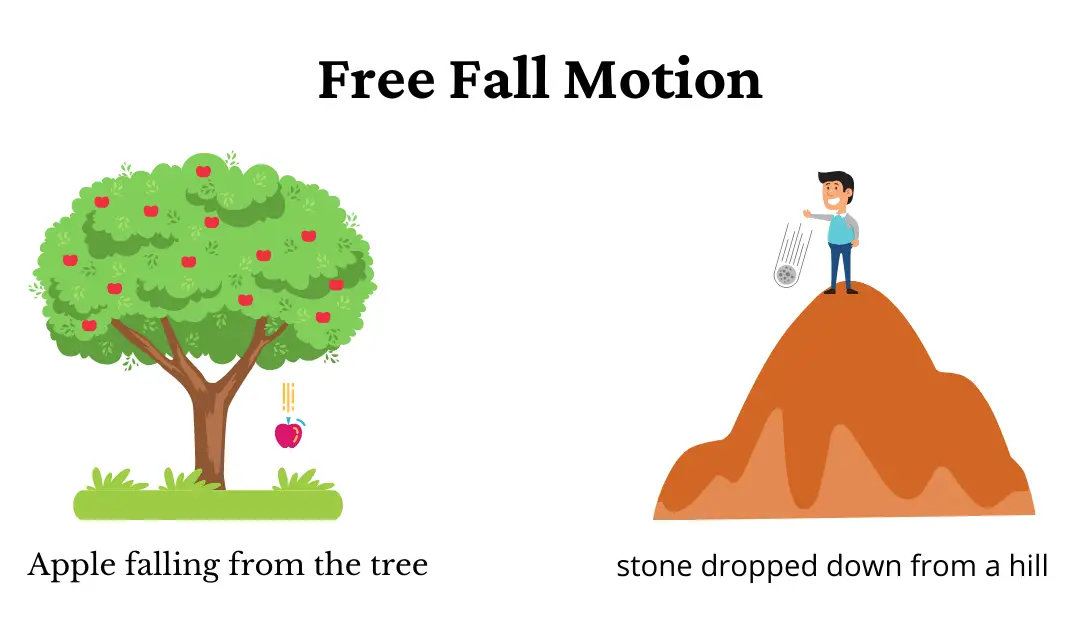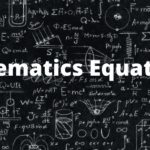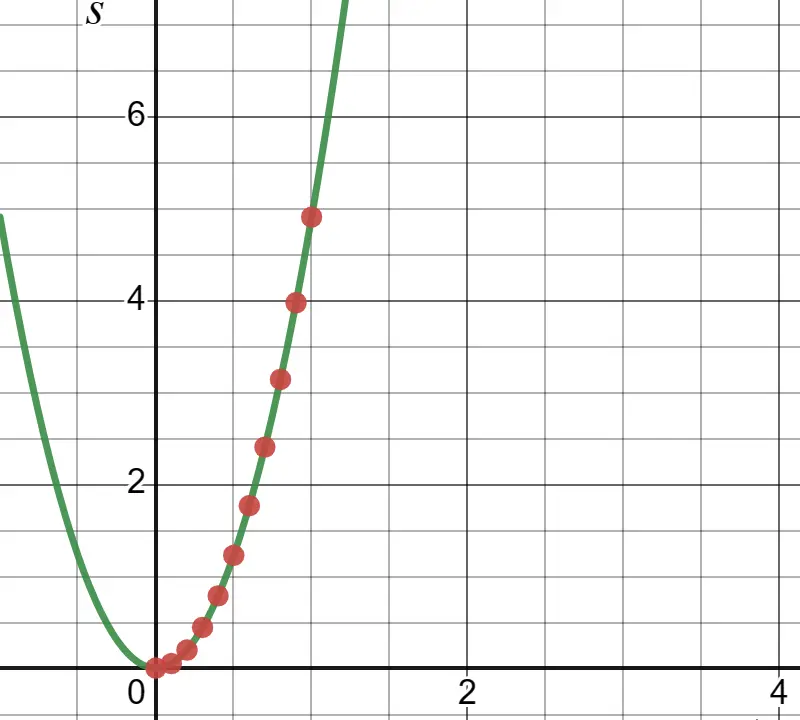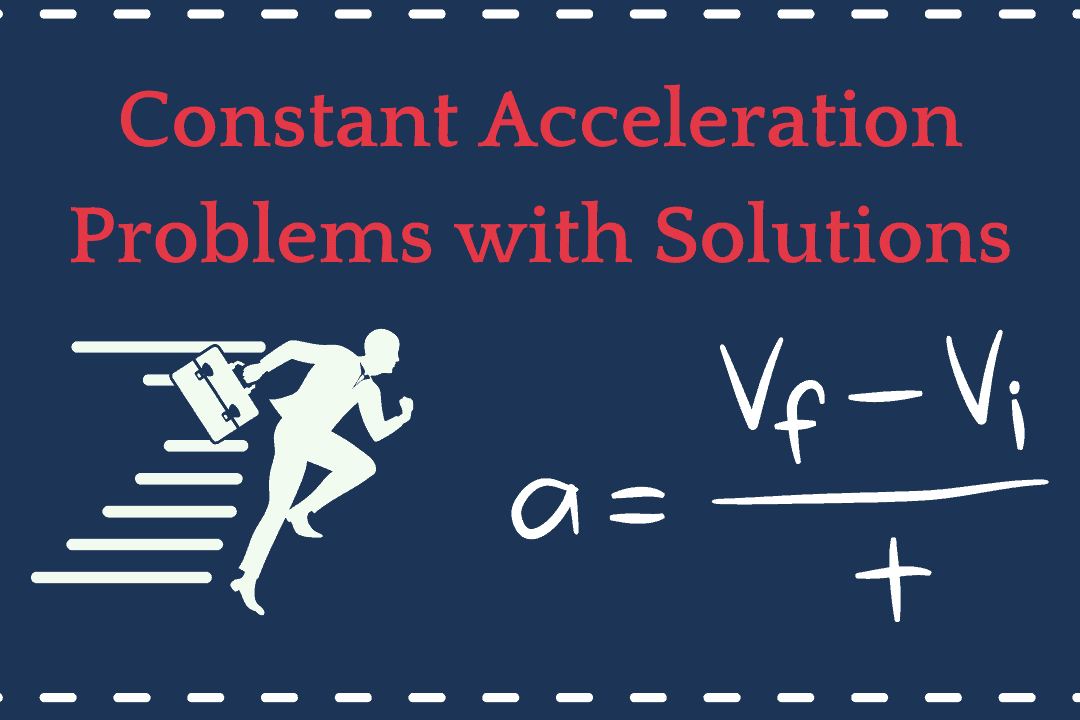Acceleration significantly changes the nature of an object’s motion by altering its velocity over time. This change can happen in three primary ways:
Ways acceleration affect motion
- Increasing speed
- Decreasing speed
- Changing direction
Let’s explore each of these effects in more detail:
Increasing Speed
When an object experiences positive acceleration in the same direction as its motion, its speed increases. This is commonly observed when a car accelerates from rest or when an object falls under the influence of gravity.
The equation for velocity as a function of time with constant acceleration is:
$v = v_0 + at$
Where:
- $v$ is the final velocity
- $v_0$ is the initial velocity
- $a$ is the acceleration
- $t$ is the time elapsed
Decreasing Speed
Negative acceleration, also known as deceleration, causes an object’s speed to decrease. This occurs when a force acts in the opposite direction of the object’s motion, such as when applying brakes to a moving vehicle.
The same equation applies, but the acceleration value is negative:
$v = v_0 – at$
Changing Direction
Acceleration can also change the direction of motion without necessarily affecting speed. This is known as centripetal acceleration, which is responsible for circular motion. The acceleration vector points towards the center of the circle.
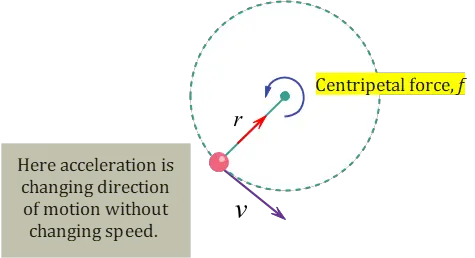
The equation for centripetal acceleration is:
$a_c = \frac{v^2}{r}$
Where:
- $a_c$ is the centripetal acceleration
- $v$ is the velocity
- $r$ is the radius of the circular path
Effects on Distance Traveled
Acceleration also affects the distance an object travels. The equation for displacement with constant acceleration is:
$x = x_0 + v_0t + \frac{1}{2}at^2$
Where:
- $x$ is the final position
- $x_0$ is the initial position
- $v_0$ is the initial velocity
- $a$ is the acceleration
- $t$ is the time elapsed
This equation shows that the distance traveled increases quadratically with time when there’s constant acceleration, as opposed to linearly when there’s constant velocity.
In summary, acceleration is a fundamental concept in physics that describes how the velocity of an object changes over time. It can increase or decrease speed, change direction, and significantly affect the distance traveled.


